5 must-dos in Kathmandu, Nepal’s captivating capital
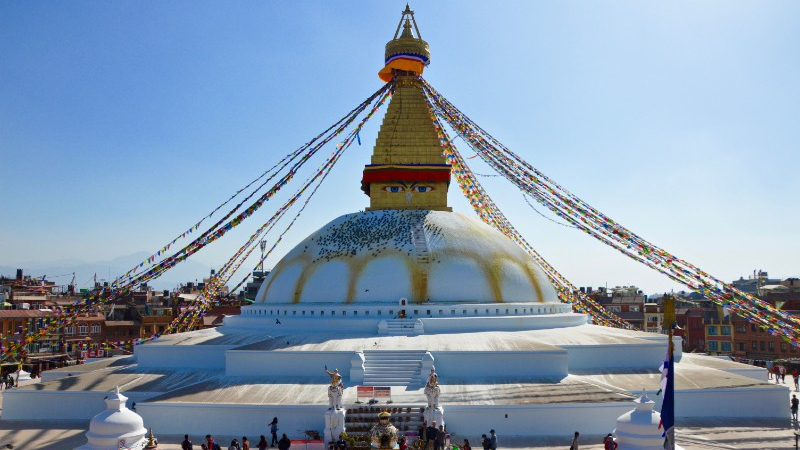
When I was a little boy, places like Kathmandu just seemed so far away. I heard the name, and I knew it existed but, I just assumed it was a place I’d never see.
At that time, just going down the street on my own was a big enough adventure, let alone crossing the world. Yet, just hearing “Kathmandu” planted a seed of wonder, one which continued to sprout. Little did I know that, in my 28th year of life I’d finally get to see Kathmandu, and I’d be no less filled with wonder and curiosity.
I spent so long imagining what Kathmandu might be that it was a magical few days being able to discover what Kathmandu is.
I had the privilege of visiting the city on the tail end of my India and Nepal Intrepid tour and by that time, you could have sworn the bunch of us were relatives. Each dinner felt like a family dinner, and each cup of tea felt like something to celebrate. All of that just managed to imbue Kathmandu with that much more light and colour.
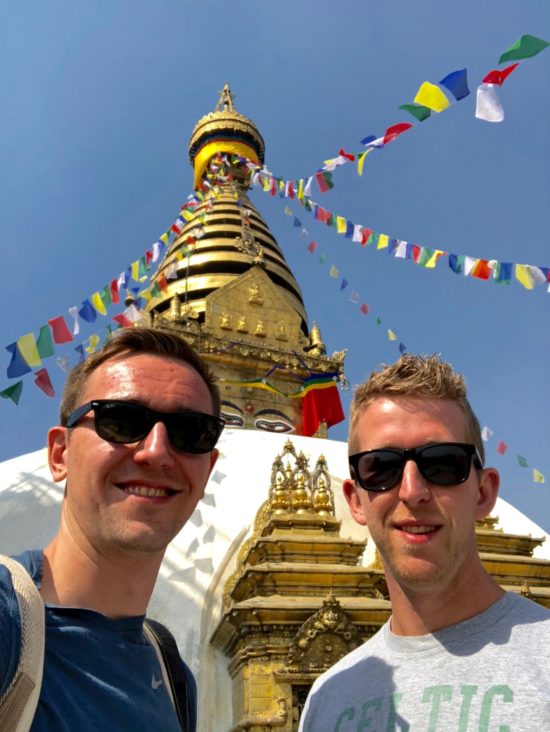
I have fond memories of Nepal‘s capital, as it was the perfect place to finish a simply remarkable trip, but also, in a sense, it was the quenching of a childhood thirst. Here’s what I did in Kathmandu, and what you should consider doing as well!
Explore the Thamel Market
Kathmandu was founded around 900 BCE, and while the Thamel Market wasn’t around then, it’s been arguably been the main tourist attraction in the city for the last half century. In actuality, it’s not really a market as much as an entire neighbourhood that’s worthy of getting lost in.
It might not be everyone’s cup of tea, but I adored the narrow streets, and the eclectic nature of the shops. John, a fellow member of our group (and now good friend), and I happily wandered the streets and hopped in and out of tea shops, stores with eccentric (yet surprisingly functional) climbing gear, Nepalese book stores, havens for music, restaurants, art dealers and everything in between.
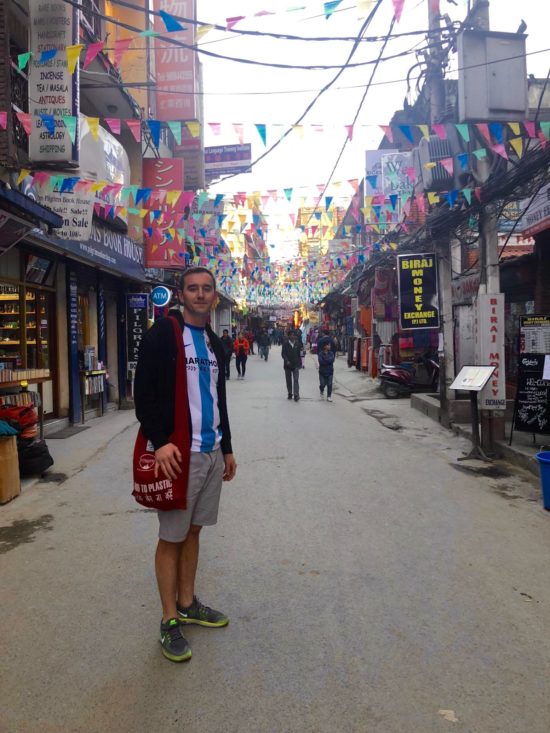
I quite loved the Thamel Market, and that’s largely because it embodies Intrepid’s desire to guide you and offer advice, but not to define your experience. Our local leader Chime recommended the area, and off we all went to find our own meaning, with each of us coming back with a bizarre and rather entertaining batch of goodies and stories. I personally bought a stunning painting which is framed in my office, and I’m looking upon it as we speak, with a smile.
CHECK OUT INTREPID’S RANGE OF SMALL GROUP TOURS IN NEPAL
Our lovely group also enjoyed some great meals and a few choice beverages in the Thamel Market once the sun went down, so do take note of that. There’s no shortage of nightlife in the Thamel Market if that’s your thing!
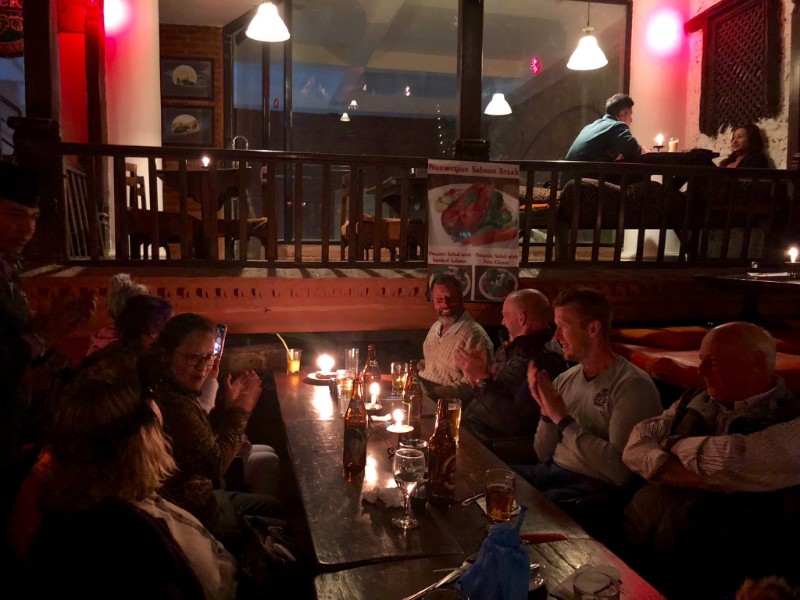
Visit Swayambhunath (the Monkey Temple)
For Buddhists of various sects, it doesn’t get a whole lot more important than Swayambhunath. Swayambhunath, also known as the Monkey Temple, is more a complex and pilgrimage site than a specific temple, and, in my opinion, it’s the stupa that is the true marvel. Its elevation alone is worth remarking on, as it offers stunning views of the sprawling city.
Ganu, our knowledgeable and kind guide from Kathmandu, pointed out Buddha’s eyes and eyebrows which were painted on the white stupa. I would recommend walking around the stupa and respectfully observing people spinning the prayer wheels at the base of the stupa. I personally did a lap around the stupa while spinning the prayer wheels and found the experience genuinely therapeutic and enlightening.
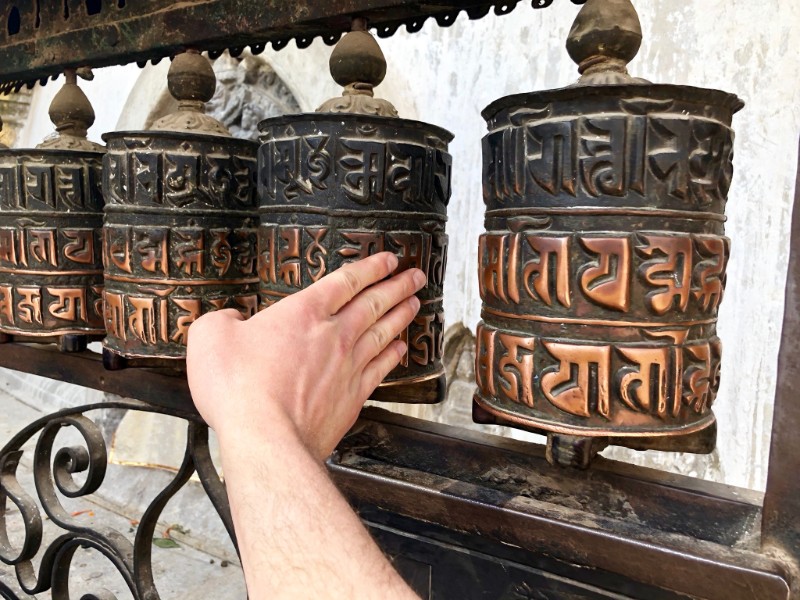
Not surprisingly, there are monkeys (considered holy, so be respectful) literally everywhere, which make for some wonderful photo opportunities, but be careful when eating food, and ensure your daypack is closed tightly.
Experience Pashupatinath Temple
Kathmandu is a spiritual place for a number of religions, but especially the Hindus, and Pashupatinath is a prime example of that. Like Swayambhunath, this isn’t a single temple, but more of a city of temples and shrines that extends off of a few of the holier structures. The temple that first broke ground here is the oldest Hindu temple in Kathmandu, and revered by Hindus worldwide.
One thing to note here is that on the banks of the Bagmati River, you will likely see bodies being cremated. It isn’t something that’s necessarily “easy to see,” but that is truly besides the point. I put my camera down, and used this as an opportunity to learn about another culture, while focusing on empathizing and understanding. Over and over again in humanity we shun and denigrate what we don’t comprehend, so I would strongly encourage you not to fall into that age old trap. Ganu, our guide, was an incredible resource to offer us all context.
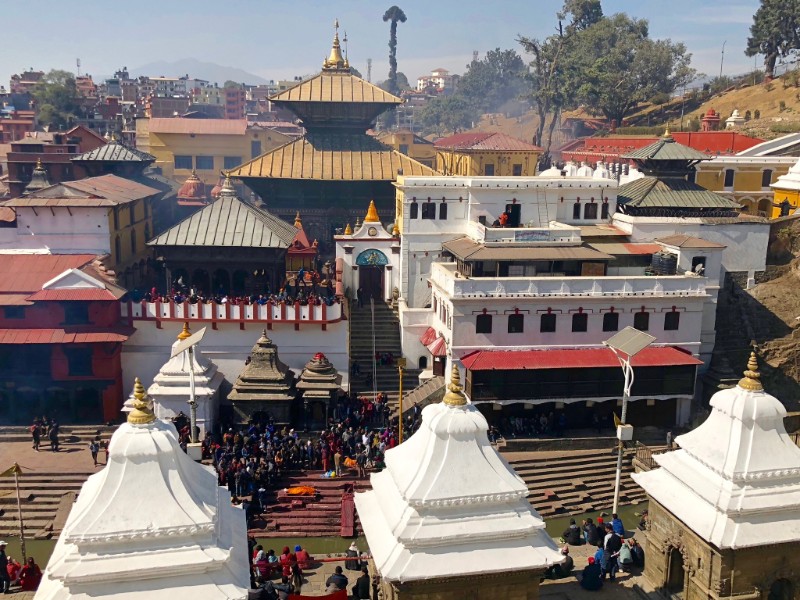
The complex itself is beautiful, despite suffering the effects of the most recent earthquake, which, for me, made it all the more impressive. The way the Nepalese people have rebounded from the devastation of 2015 is remarkable, and I have the utmost respect for both the city and its people. Kathmandu, a city that’s thousands of years old, is so much more than a city that happened to have a large earthquake a couple of years ago.
Appreciate the Boudhanath Stupa (Little Tibet)
Often just called the Boudha Stupa, this is one of the largest stupas in the world, and it certainly feels that way. Walking around the stupa and poking my head in and out of shops was a memorable experience, but getting to a rooftop restaurant was the real prize. This stupa has an energy unto itself, and I’d recommend staying close to it for as long as you can.
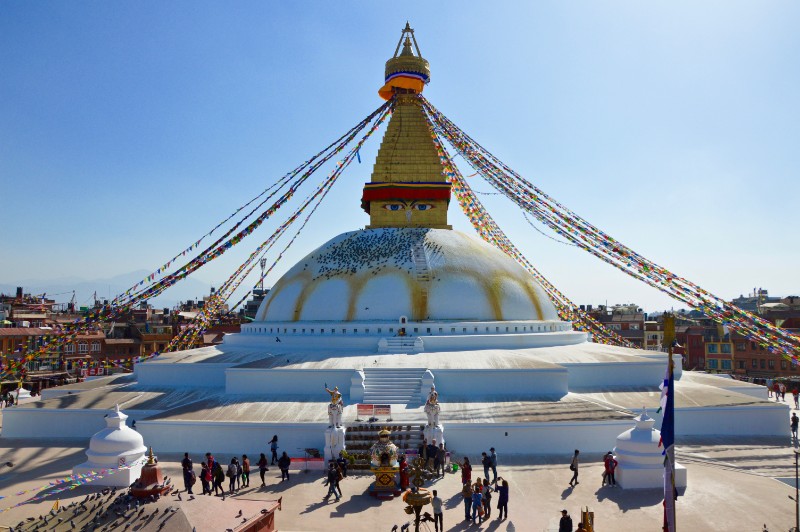
This little area is known as “Little Tibet,” because of the influx of Tibetan refugees and merchants in the area, but also because this stupa is fairly classic example of Tibetan Buddhist architecture. I’ve personally been to Tibet, and this is a genuine piece of Tibet in Nepal. The Boudha Stupa is one of the largest tourist draws in the country, and it’s entirely warranted. Be sure to take a lap around its base, as well as get a view from up top to get the full breadth of the experience – it’s magnificent.
Not into the city life? Immerse yourself in nature
If cities just aren’t your thing, it’s worth noting that Nepal’s Chitwan National Park is decidedly not a city, but not all that far away from Kathmandu. It’s a great place to get away from it all, and really separate from the daily grind. More importantly, it’s home to a cacophony of rare animals like one-horned rhinos and bengal tigers. I personally spotted several rhinos that were breathtaking to observe. You can’t put a price on tranquility.
—
All those years ago, when I first heard of Kathmandu, I didn’t know what should come to mind. Now, when I hear Kathmandu my mind is flooded with a bouquet of colour and emotion. It’s a city that, at least in small part, I understand now, and it’s a humbling and welcomed feeling.
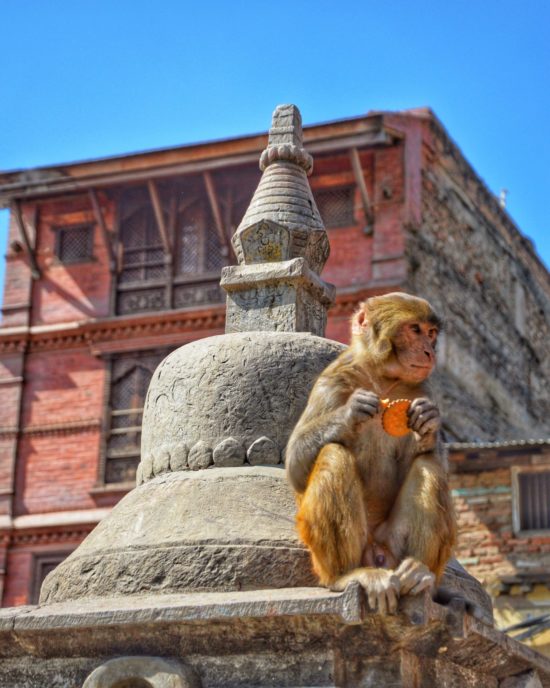
It’s a city that isn’t pretentious because it’s old enough that it doesn’t need to impress anybody. Yes, there are an array of narrow, dusty, and sometimes dirty streets, but travel isn’t about finding serenity, it’s about the real and the raw.
It’s about recognizing that being far from home, and not recognizing your surroundings is sometimes what you need to finally recognize yourself.


No comments